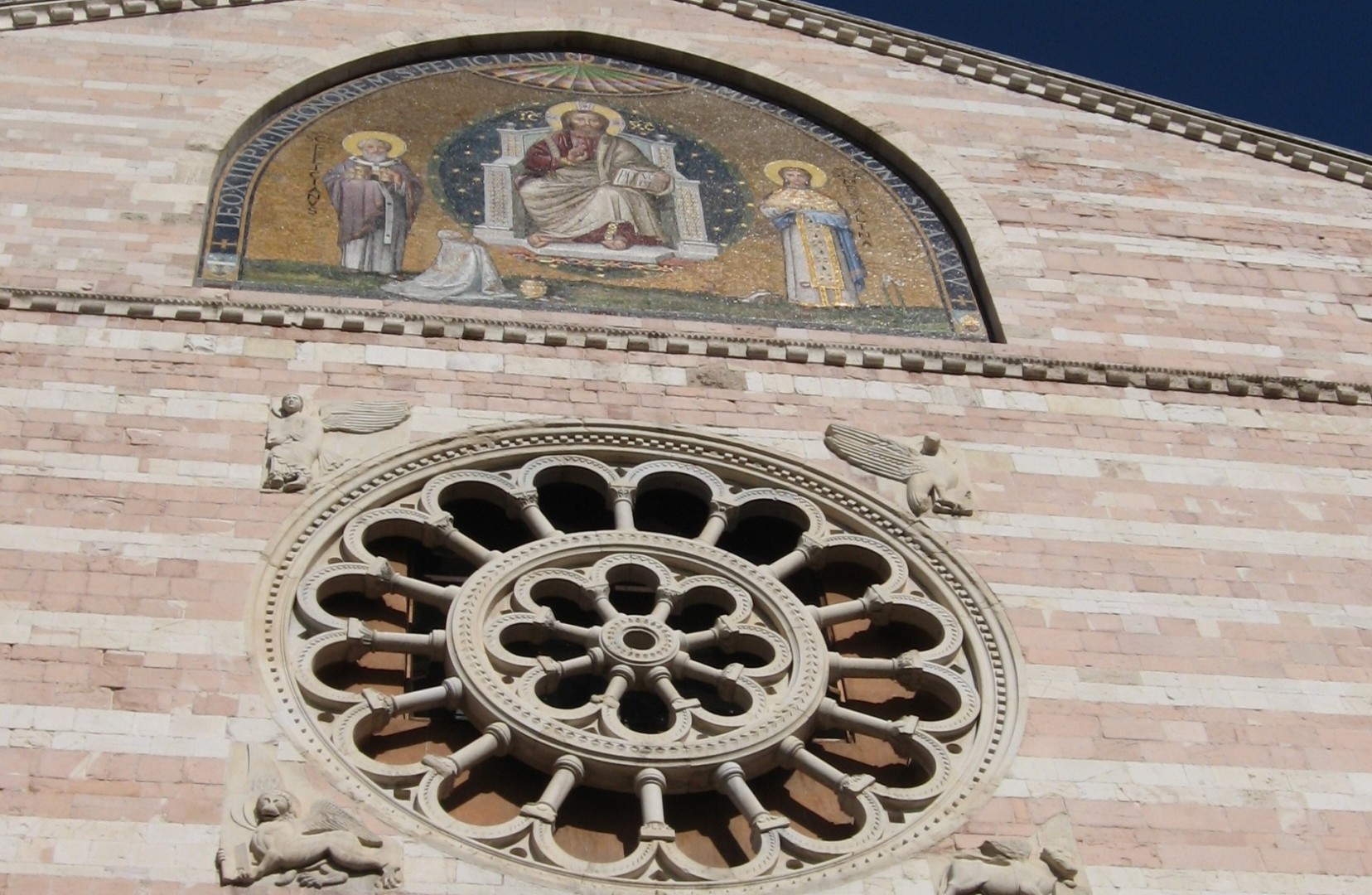
Foligno, from the Latin Fulginium or Fulginiae, is the third city of Umbria after Perugia and Terni. It is located in the Valle Umbra and is crossed by the river Topino. Its orography is predominantly mountain and is part of the "City of Oil" circuit.
Its origin dates back to the Umbrian pre-Roman era, around the 10th century. B.C. It was one of the most important cities of the Empire, located along the ancient Via Flaminia. It was subjected in 476 by Odoacre and from 493 to 550 by the Goths. The Lombards annexed it to the Duchy of Spoleto. It was also the domain of the Franks. Until 1198 it belonged to the Duchy of Spoleto, it was annexed to the Papal State by Pope Innocent III. From 1255 began the long period of communal protracted until 1439 with the Trinci family, when the power returned to the hands of the Pope remaining until 1860, year of annexation to the Kingdom of Italy.
The event for which Foligno is known all over the world is the "Giostra della Quintana", a knightly tournament that takes place twice a year, in June and September. It is a historical costume show that includes some laps of the ancient stadium of Foligno (Campo de li Giochi) in the shortest possible time, three times inserting a ring hanging from a statue (the "Quintana") and without receiving penalties. The diameter of the ring decreases progressively in the three rounds of the race (8cm, 6cm, 5cm). Before the race a procession in historical costumes of the seventeenth century.
Foligno is defined, by ancient tradition, the "center of the world" or, in fulginate, "lu centru de lu munnu". Foligno is in fact, according to tradition, in the center of the Italian peninsula, in turn at the center of Europe and the Mediterranean, which in ancient times was considered the center of the world.